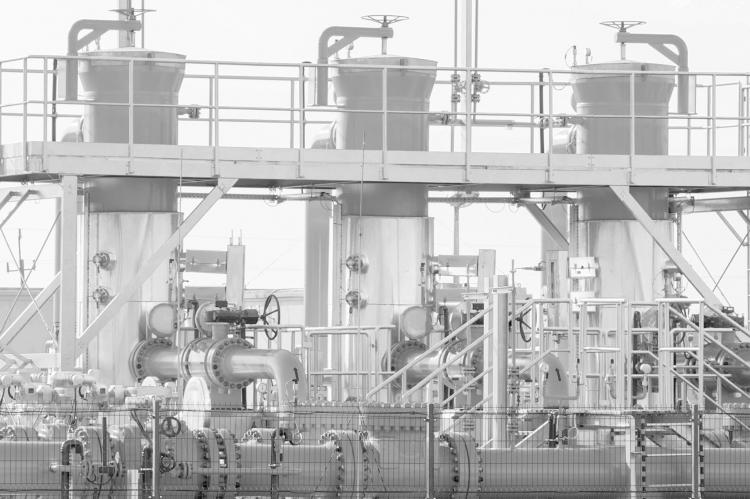Steel Pipeline Failure Probability Evaluation Based on In-line Inspection Results

The main goal of this paper is to estimate onshore buried pipeline failure probability based on Magnetic Flux Leakage (MFL) inspection data. Degradation of an underground steel structures during their service life leads to reduction of the pipe wall thickness. Periodic in-line inspections are performed by grid operators to detect corrosion anomalies and size their depth, length and width. In diagnostics of steel pipelines, it is common practice to track the same flaws in different inspections (i.e. so-called defects matching) based on the longitudinal and circumferential positions of the anomalies reported by applied tools. A code-based engineering approach to estimate the failure pressure was selected as appropriate to be applied directly after in-line inspections, due to the scope of the available data, before any expansive field excavations for direct observations. Det Norske Veritas DNV-RP-F-101 analytical method of burst pressure calculation for a straight pipe was applied. A probabilistic methodology was used to evaluate the severity of part-wall external corrosion defects and their growth over time on gas transmission grid.
The Monte Carlo numerical method was selected in this paper for estimation of pipeline failure probability due to the external corrosion with respect to statistical distribution of input parameters. The predicted flaw depth growth was modeled as non-linear with a power law function parameters derived from literature [1,6,7]. The expected defect length growth rates was forecasted as linear with several scenarios. It was assumed that failure probability of an underground pipeline is influenced only by the growth of the existing features, whereas generation of new defects is neglected. The paper illustrates reliability-based maintenance planning, in the case when a number of anomalies and its statistical distributions are known from MFL in-line inspection. Criteria and formulation of a limit state function were presented to determine the burst pressure and corresponding failure probability of a pipeline DN 700,
X 52 steel grade with amount of 138 fully matched single part-wall defects. The results of this study shall help maintenance engineers to solve the problems of an effective strategy in reliability-based high pressure gas pipelines management.

